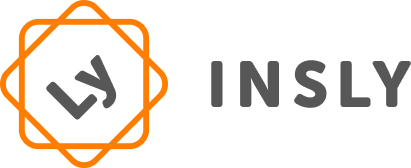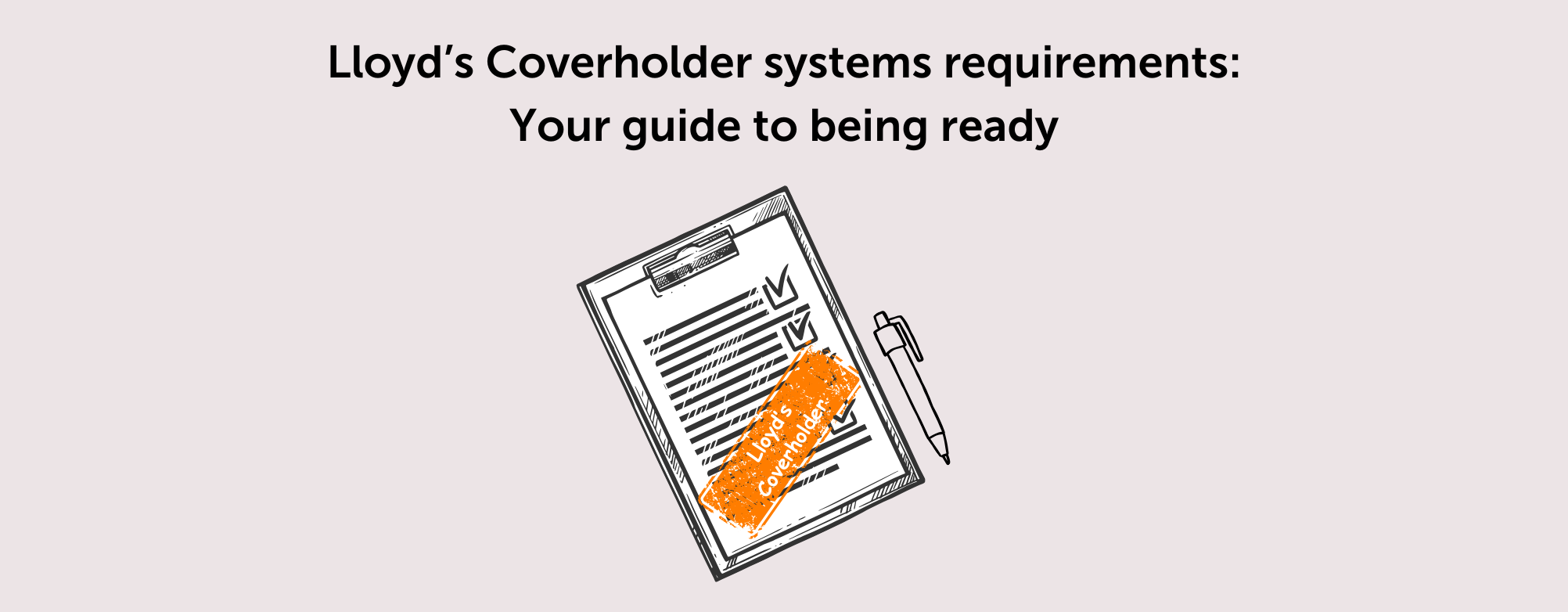For MGAs looking to carve out a niche and build a solid reputation in the insurance market, becoming a Lloyds Coverholder is a huge win. Lloyds of London is the gold standard for underwriting complex and unusual risks, backed by leading expertise and security. With a GWP of £55.5bn in 2024, up 6.5% on 2023, it continues to dominate the global insurance sector, nearly 400 years after being established.
At the time of writing, there are over 3,400 Lloyds Coverholders globally, all tapping into Lloyd’s Syndicates to provide cover for tricky risks. But for MGAs aspiring to Lloyd’s Coverholder status, the application process is complex and demanding. Every applicant must prove compliance with a range of criteria and go through thorough due diligence with a sponsoring Lloyds broker or managing agent.
One area where businesses must pay particular attention to ensuring they have proper operational controls in place. Märtin Kosk, Head of Sales at Insly, has worked with numerous clients preparing for Lloyds Coverholder status, so is well-acquainted with what is involved.
“You need to prove that you are professional in your underwriting and operations and have watertight systems and controls for security and compliance. They don’t like people starting businesses with Excel,” he explains.
Here we unpack what that means in practice, with insights from companies that have been through the process.
System requirements
On its website, Lloyd’s of London states that aspiring Coverholders must have an end-to-end quote and bind system that can do all of the following:
- Record premiums and claims for individual insurance policies.
- Produce standardised insurance documents complying with Lloyd’s and local regulatory requirements.
- Produce bordereaux that satisfy managing agents’ and Lloyd’s V5.2 requirements and regulatory obligations (e.g., tax).
- Maintain accurate credit control systems.
- Record and monitor premiums against aggregate limits and maintain controls to prevent them from being breached.
- Monitor and report on compliance with policy document issuance service standards.
As part of getting the signoff from Lloyds, MGAs must not only prove they fulfil the criteria on the application and due diligence, but they must also carry out a live demo of their system to Lloyds and answer questions in person.
“Becoming a Lloyd’s Coverholder is a rigorous process with exacting standards placed on companies who seek to become one,” says Becca Rubenfeld, Cofounder & COO of AnchorWatch, which was accepted as a Lloyd’s Coverholder in November 2024. “It was imperative that all our policies, procedures, and technology platform be up to these standards and demonstrate to Lloyd’s of London that AnchorWatch is managed in accordance with industry best practices. In particular, Lloyd’s desired to see that our policy management system be robust and capable of meeting not only Lloyd’s standards but also allows us to meet the regulatory requirements of each domicile where we operate.”
Does applying to be a Lloyd’s Coverholder require a new system?
For many MGAs applying to become a Lloyd’s Coverholder, the strict requirements mean they must change their entire software or policy management system to ensure they meet all the criteria. This was the experience of Insurance Panda, a leading auto insurance quote comparison platform.
“When we applied to become a Lloyd’s Coverholder, we had to overhaul our policy administration system to ensure complete alignment with Lloyd’s compliance standards (from detailed data reporting to proper claims handling protocols),” says James Shaffer, Managing Director, Insurance Panda. “We began by mapping every requirement against our existing workflows, then collaborated with a software vendor experienced in Lloyd’s regulations. The result was a structured system that could reliably capture underwriting data, issue documents in Lloyd’s-approved formats, and track claims timelines—all backed by rigorous audit trails.”
For startup MGAs, it is important to consider whether becoming a Lloyds Coverholder is part of the long-term plan, so these requirements can be factored into systems and processes as they are built.
“As a new MGA, we were given a great opportunity to start with a clean slate and design our policy management experience from the bottom up in such a way that we could best serve our clients with our unique product,” says Rob Hamilton, Cofounder & CEO of AnchorWatch. “Insly was incredibly supportive of this through both hands-on support as well as their technology platform, allowing us to think through how to structure our product to aid with compliance, operations, and customer experience.”
Managing data integration
Data integration is a common challenge for MGAs applying for Coverholder status, particularly if they have previously operated on legacy systems. This can be overcome through implementing modern end-to-end software or integrating existing systems with new ones through APIs.
“One of our biggest hurdles was integrating multiple data sources—especially from legacy systems that didn’t speak the same ‘language,’” says Shaffer at Insurance Panda. “We tackled this by building custom APIs that fed relevant information into a centralised platform, so underwriters and brokers worked off a single source of truth.”
Adapting an existing system
Where an MGA is keen to retain its existing system, the internal team must be prepared to spend time ensuring it can meet Lloyd’s requirements. And where it can’t, seeking out tools that can fill the gaps.
“Our biggest challenge was integrating our existing digital platform with Lloyd’s strict data reporting requirements – we actually spent six months reconfiguring our entire system architecture to ensure real-time compliance,” says Gregory Rozdeba, CEO, Dundas Life. “After evaluating several insurance software solutions, we found that implementing a hybrid approach using both our proprietary platform and specialised Lloyd’s reporting modules helped us maintain our user-friendly interface while meeting all regulatory standards.”
Employee training and communication
Before making an application, MGAs should also consider how they will train employees on new systems and the Lloyd’s requirements, so they’re ready to hit the ground running if and when the Coverholder application is approved.
“Another challenge was training our staff on new processes and software features, which we overcame by running targeted workshops with small groups, followed by ongoing Q&A sessions,” says Shaffer. “Staff buy-in is crucial, so set aside resources for hands-on sessions and continuous support. If everyone knows why these processes matter and how to navigate them, you’ll be well-positioned to maintain that coveted Lloyd’s Coverholder status.”
Country-specific requirements
Alongside the general Lloyd’s Coverholder requirements, MGAs must also consider specific criteria depending on where they are based. For example, in Canada, Lloyd’s maintains a system called Lineage, which manages reporting and transactions to Lloyd’s Syndicates. Using this system requires a period of testing, so this must be factored in by applicants. Doprint in Italy is another market-specific solution, which was introduced to standardise the issuing of policy documents and electronic signatures.
And for businesses in the US, there is the added complication of meeting a variety of compliance standards across different states.
“In the USA, each state’s Department of Insurance has its own requirements for policy issuance, taxes, and fees,” explains Rubenfeld at AnchorWatch. “It was very challenging to make sure that we had bespoke policy forms that complied with each state’s standards… and then we still need to ensure that we are rolling up all that work into a cohesive format that can be used for reporting to Lloyd’s. Insly was instrumental in navigating this complicated set of tasks, and we ended up with a single, unified system of record that allows us to run smoothly.”
Finding the right partner is critical
Becoming a Lloyd’s Coverholder can deliver significant returns for MGAs, however, a successful application requires investment upfront. The right technology is central to meeting the requirements, and for the majority of businesses, identifying a partner to guide them through the process is vital.
As Shaffer concludes, “My key advice for MGAs or underwriting agencies aspiring to become Lloyd’s Coverholders is twofold: first, invest time in identifying a technology partner that truly understands Lloyd’s standards. Don’t just retrofit an off-the-shelf system. Make sure it’s designed (or can be configured) to handle Lloyd’s audits, bordereaux reporting, and compliance checks. Second, prioritise internal training and change management.”
Insly has helped numerous MGAs on their journey to become Lloyd’s Coverholders, helping interpret the requirements, working with their existing systems and processes, and onboarding and training employees on the new system. Our low-code, end-to-end, modular platform can be tailored to each company’s specific requirements in different regions around the world. And best of all, it can be up and running in weeks rather than months.
If you’re looking for the technology and insurance expertise to support your MGA on its journey to become a Lloyd’s Coverholder, get in touch with us to find out more about how Insly can support you.



